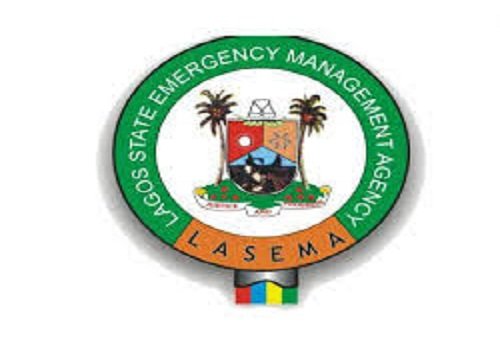The agency this followed the outbreak of a respiratory illness caused by Coronavirus that was first detected in Wuhan City, Hubei Province, China.
The Director-General of LASEMA, Dr Olufemi Oke-Osanyintolu, made this known in an interview with the News Agency of Nigeria (NAN) on Monday in Lagos.
According to him, on Jan 30, 2020, the International Health Regulations Emergency Committee of the World Health Organisation (WHO) declared the outbreak as a “public health emergency”.
Oke-Osanyintolu described Coronaviruses as a large family of viruses that were common in many different species of animals, including camels, cattle, cats and bats.
“Rarely, animal coronaviruses can infect people and then spread between people such as with MERS, SARS and now with Coronavirus (2019-nCoV).
“Lassa fever is an acute viral haemorrhagic illness caused by Lassa virus, a member of the arenavirus family of viruses.
“Humans usually become infected with Lassa virus through exposure to food or household items contaminated with urine or faeces of infected Mastomys rats.
” According to World Health Organisation, Lassa fever outbreak is a yearly occurrence during the dry season in Nigeria, but this year’s outbreak is more widespread with 10 states, 140 suspected and 30 confirmed cases.
*The Case Fatality Rate (CFR) is significantly high at 53 or 37.9% of all cases.
“Also on Jan. 24, it was confirmed that 11 States in Nigeria have recorded cases of Lassa fever including a neighbouring Ogun State.
“These epidemics which have posed global and local emergency health threat has fueled the preparedness plan of LASEMA,” Oke-Osanyintolu said.
He said that the disease was a threat to public health, adding that the fact that this virus has caused severe illness and sustained person-to-person spread in China and outside China and the Lassa fever currently in 11 States was alarming.
The LASEMA boss explained that the risk to individuals was dependent on exposure and that some people would have an increased risk of infection, for example, healthcare workers caring for 2019-nCoV and Lassa fever patients and other close contacts of infected patients.
He advised residents of Lagos who were unlikely to be exposed to this virus, the immediate health risk from 2019-nCoV and Lassa fever was considered low at this time.
Oke-Osanyintolu said that Lagos being a pacesetter must be proactive considering the megacity capacity of the state which could be characterised by the influx of people migrating into the state.
He said that to achieve LASEMA’s preparedness and response plan made the agency to collaborate with Ministry of Health and Primary Health Care Board of the 20 Local Government Areas and 37 Local Council Development Areas to prevent the epidemics on the global and domestic front.
Oke-Osanyintolu said that the agency’s Epidemic Response Committee had created a communication flow chart for effective implementation of the preparedness and response to an emergency as regards the epidemic.
He, however, said that the Call Centre (767/112) at LASEMA, which was open, receive distress calls; the call is escalated to Control Room; Control Room then Transfer Command to the Emergency Operations Centre (EOC).
He said that the EOC activated the Emergency Responders and trained paramedics while the affected person or patient would then be transferred to the newly established Incident Command System for treatment.



Leave a Reply